A closer look at the street legal stunning hypercar Aston Martin Valkyrie.
Since the first reveal of the Aston Martin Valkyrie hypercar in July 2016, Aston Martin, Red Bull Advanced Technologies and project partner AF Racing have been working intensively to further develop the Valkyrie’s aerodynamics, body styling and cockpit packaging.
The teardrop-shaped cockpit’s upper body surfaces and lower tub contours follow the envelope of space available between the huge full length Venturi tunnels that run either side of the cockpit floor. Drawing huge quantities of air beneath the car to feed the rear diffuser, these tunnels are the key to generating the Aston Martin Valkyrie’s extraordinary levels of downforce while keeping the upper body surfaces free from additional aerodynamic devices that would spoil the purity of the styling.
One of the biggest changes in this latest model are openings in the body surface between the cockpit and front wheel arches, Adrian Newey having found that they were the key to achieving considerable gains in front downforce. It was then the job of the Aston Martin Design Team to integrate these new apertures into the overall design and ensure they had aesthetic merit as well as aerodynamic function.
While aerodynamics and downforce are the dominant story, Aston Martin Valkyrie features some delightful details. Some of the most striking are the headlights, which take inspiration from the pure functionality of a Formula One car’s components. Aston Martin’s designers stripped things back to the bare essentials, celebrating the engineering rather than concealing it behind cladding. With the low and high beam elements attached to an intricate exposed anodised aluminium frame not only are the headlamp units a work of art, but they are 30-40 per cent lighter than the lightest series production headlamps available to Aston Martin.
Valkyrie is set for production in 2018.
source Aston Martin

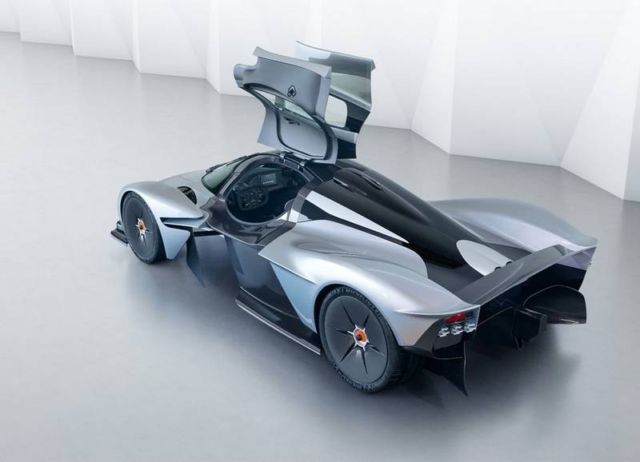
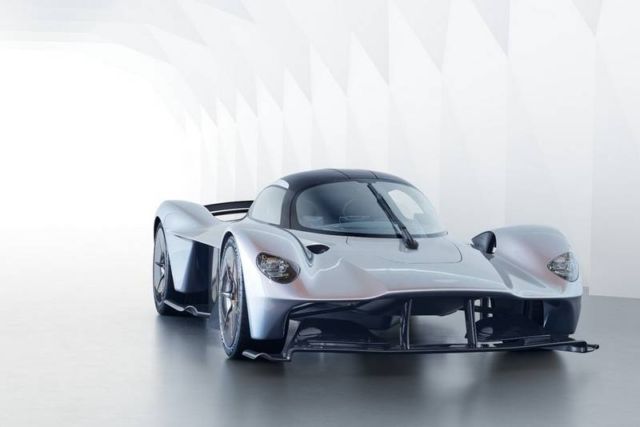
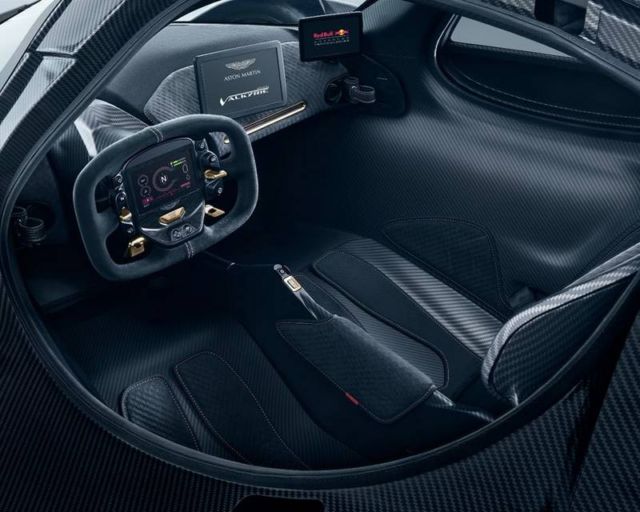
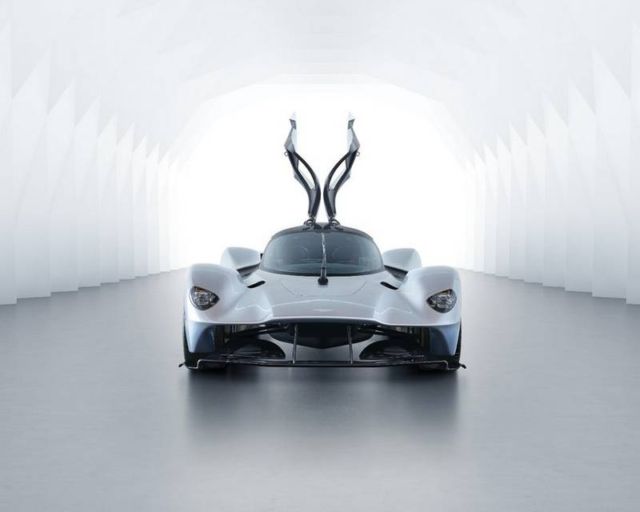
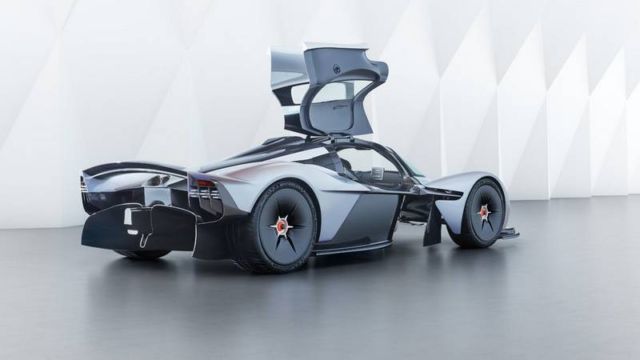
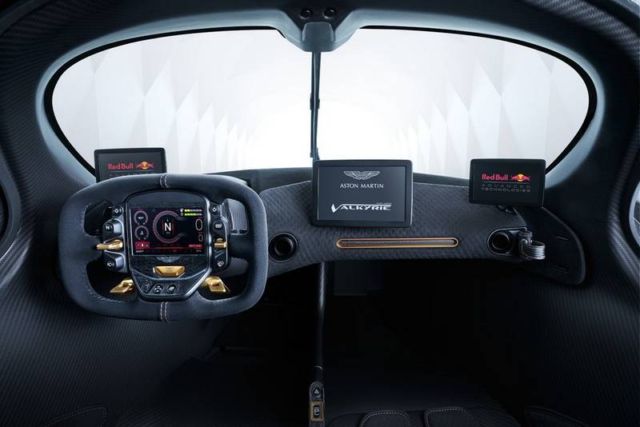
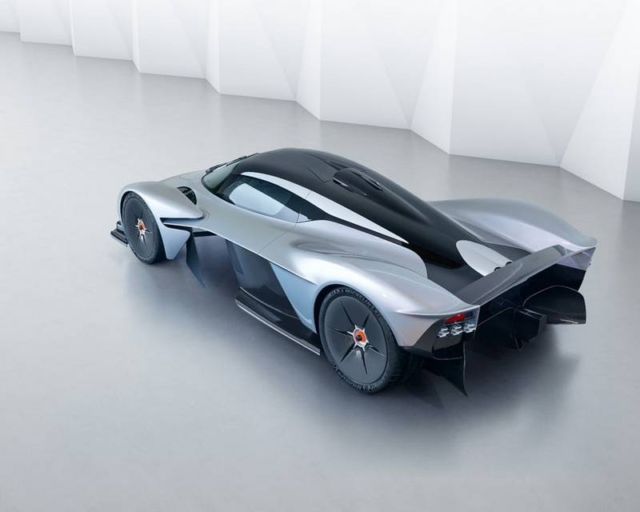
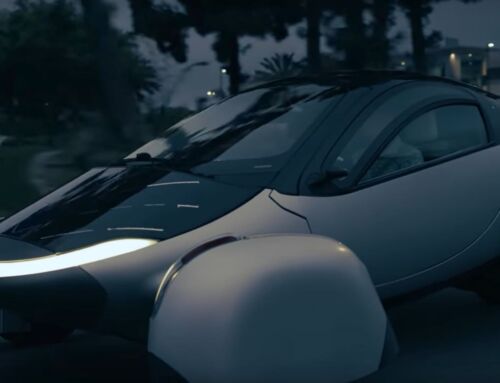
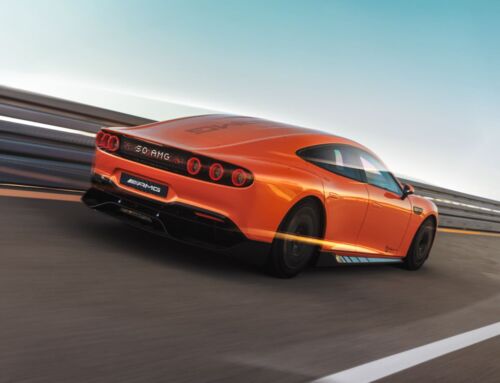

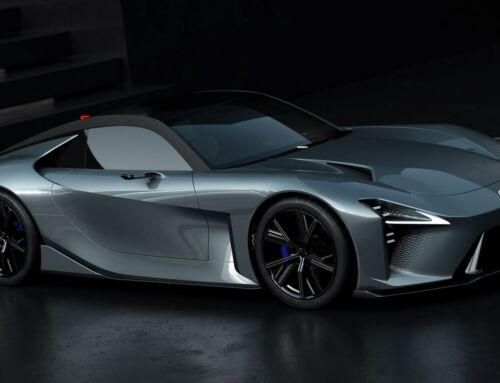
Leave A Comment